
A selection of work by four photojournalists who have won grants of $10,000 and editorial support from the agency. Here: “Chasing Winter” by Katie Orlinksy. Orlinsky’s project examines the effects of climate change in Alaska. Here, a girl catches sheefish from an ice hole on the frozen Kotzebue Sound. (Photo by Katie Orlinsky/Getty Images)
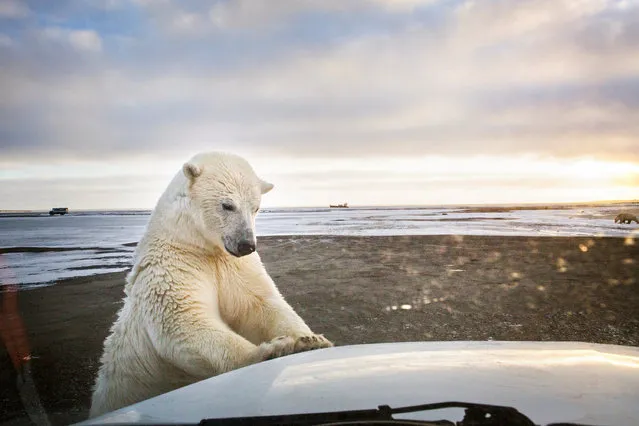
In late summer and early autumn polar bears flock to the native village of Kaktovik in the Alaskan Arctic to eat at “the boneyard” – the remains of whales annually hunted by the community. (Photo by Katie Orlinsky/Getty Images)
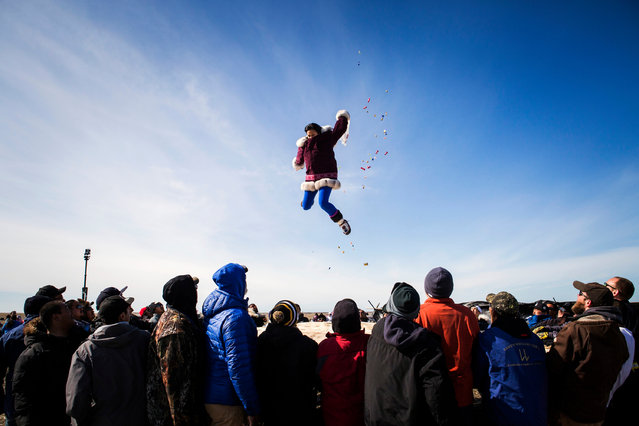
The traditional blanket toss at the annual whaling feast in Point Hope. For the Iñupiat villagers nothing is more important than the bowhead whale. The calendar year revolves around hunting, fishing and gathering. (Photo by Katie Orlinsky/Getty Images)
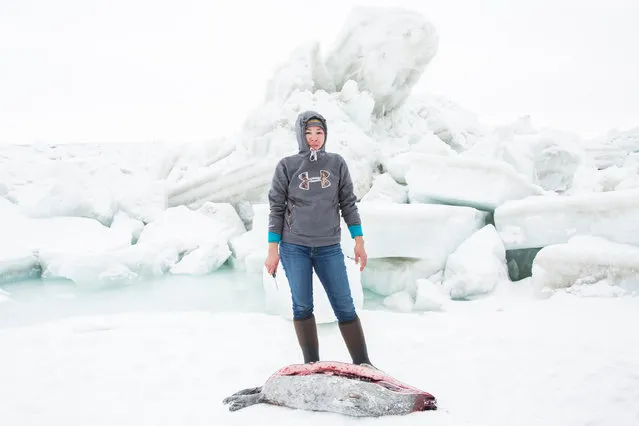
Flora Aiken with a seal hunted in Barrow, Alaska. (Photo by Katie Orlinsky/Getty Images)
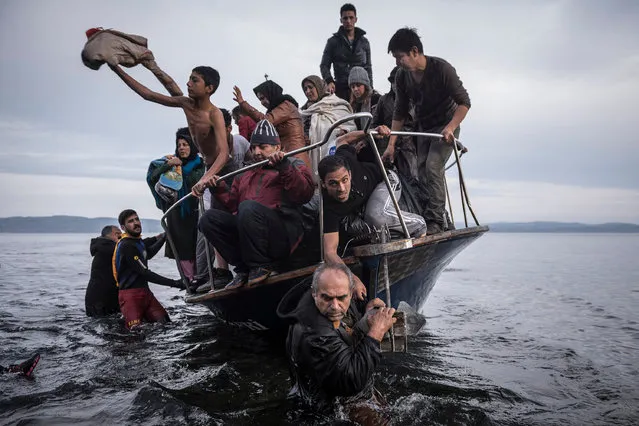
“Exodus” by Sergey Ponomarev. This project explores the life of migrants and refugees of the Middle East and Africa. People arrive on the island of Lesbos by Turkish boat. The owner of the boat delivered 150 people to the Greek coast and was later arrested. (Photo by Sergey Ponomarev/Getty Images)
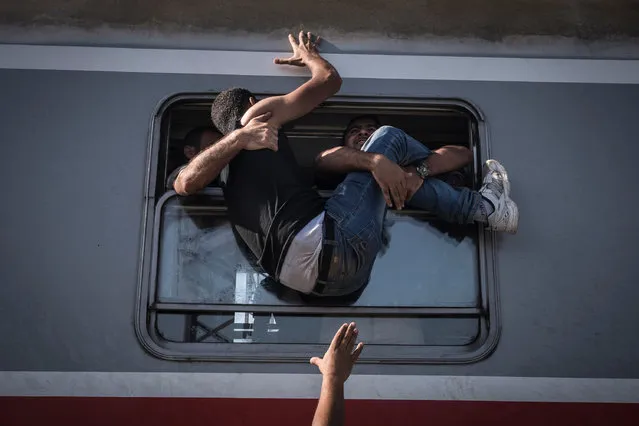
Refugees attempt to board a train towards Zagreb at Tovarnik station on the border with Serbia. (Photo by Sergey Ponomarev/Getty Images)

Migrants are pushed back after crowding over police cordons to enter Macedonia at the Greek-Macedonian border. Thousands of migrants were stranded on the Greek side after Macedonia blocked access to citizens of countries that were not being fast-tracked for asylum in the European Union. Macedonia now allows only citizens from Syria, Iraq and Afghanistan. (Photo by Sergey Ponomarev/Getty Images)
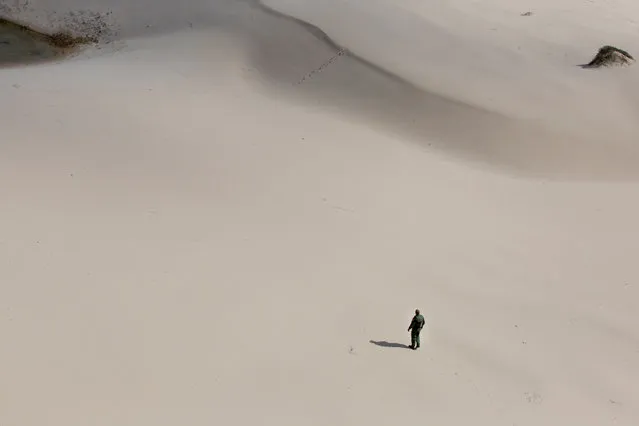
“Border Security” by Kirsten Luce. Luce wins the David Laidler Memorial Award for her project. Captured at the southernmost point of Texas it examines the busiest corridor for human and drug trafficking in the US. A border patrol agent searches for migrants hiding in sand dunes in Kenedy County, Texas. The migrants were hiking to avoid the interior checkpoint in Sarita. This second “border” is where the majority of migrant deaths occur due to heatstroke, dehydration or exhaustion. (Photo by Kirsten Luce/Getty Images)
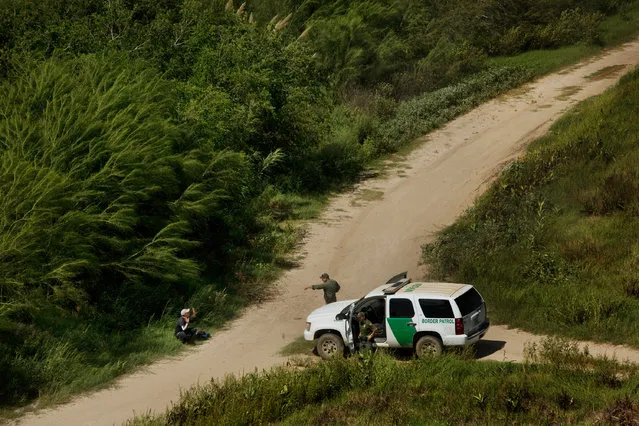
A migrant surrenders to border patrol on the banks of the Rio Grande river. This man was waving to the helicopters and waiting to be picked up by border patrol. Self-presenting became common in 2014 with asylum seekers from Central America fleeing violence and poverty. (Photo by Kirsten Luce/Getty Images)
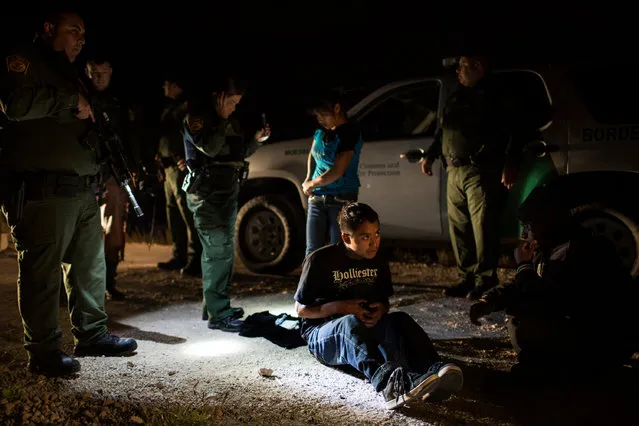
A man from Guatemala is apprehended by border patrol agents south of Granjeno, Texas. (Photo by Kirsten Luce/Getty Images)
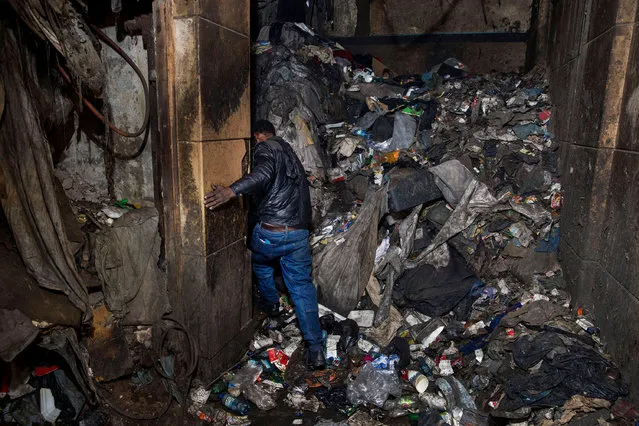
“Hijacked Life” by Jonathan Torgovnik. This project examines the complex issues faced by African migrants upon arrival in South Africa. This is the main and only entrance to one of the derelict “hijacked” buildings that houses African migrants, in Johannesburg’s inner city. Piles of rubbish have accumulated for years, almost completely blocking the entrance. The neglected building has suffered several fires, and does not have running water or electricity. (Photo by Jonathan Torgovnik/Getty Images)
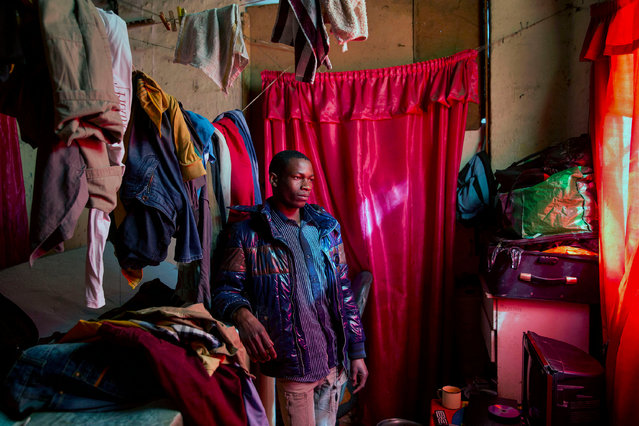
Edward, a 20-year-old carpenter from Malawi, in the small room he shares with four other migrants in one of the derelict “hijacked” buildings. He makes $24 per week, which is just enough for his living and transport expenses. (Photo by Jonathan Torgovnik/Getty Images)
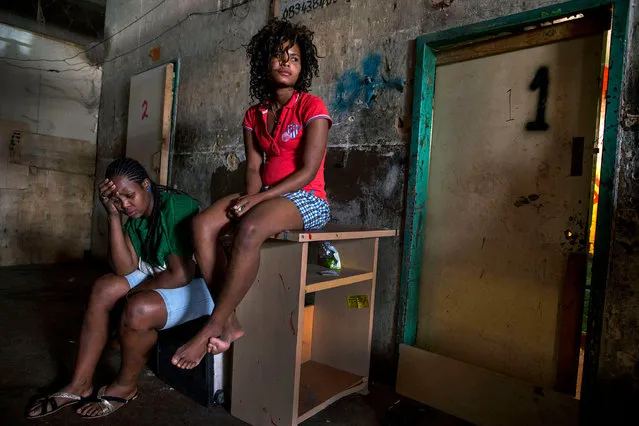
Women at the entrance to one of the derelict buildings. (Photo by Jonathan Torgovnik/Getty Images)
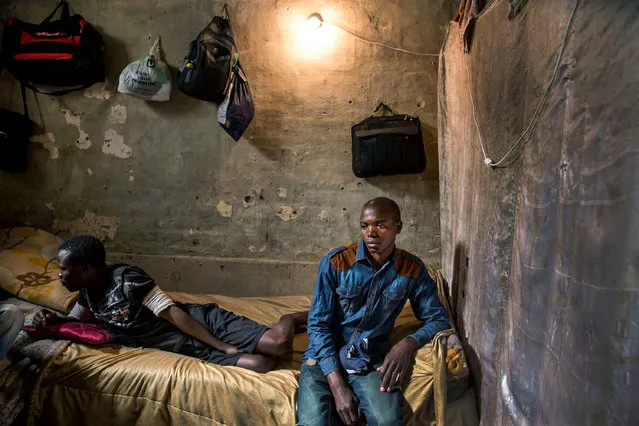
Adam, 25, from Zambia, in the small windowless room he shares with four other migrant workers. (Photo by Jonathan Torgovnik/Getty Images)
02 Sep 2016 13:55:00,
post received
0 comments
